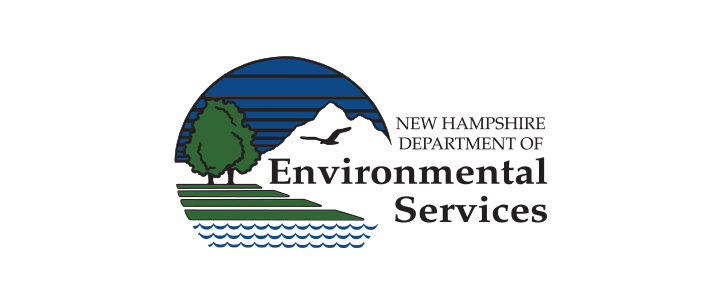
More Protective Arsenic Standard Will Reduce Risk for Many
New Hampshire’s new maximum contaminant level (MCL) of 5 parts per billion (ppb) for arsenic in public water systems will take effect July 1, 2021. In May 2020, NHDES began contacting individual public water systems (PWSs) likely to be affected. New Hampshire is the second state, after New Jersey, to adopt an arsenic MCL that is more protective than the federal MCL of 10 ppb. NHDES has also adopted the same 5 ppb limit as an enforceable Ambient Groundwater Quality Standard (AGQS).
The change in the standards was far from sudden. The federal MCL of 10 ppb was controversial when USEPA adopted it in 2001, and the standard has been under review since 2003. In 2018, New Hampshire House Bill (HB) 1592 directed NHDES to conduct a review of the arsenic MCL and AGQS. After NHDES recommended lowering the standards to 5 ppb, the Legislature enacted HB 261 in 2019 directing NHDES to adopt the more protective standards.
Naturally occurring arsenic contamination is widespread in New Hampshire groundwater. Over a third of our public water systems have arsenic in their untreated water and an estimated 25-30% of private residential wells have arsenic at 5 ppb or higher. With nearly half of New Hampshire residents using private wells at home, NHDES estimates that 116,000 private well users are drinking water with more than 5 ppb arsenic.
New Hampshire residents pay a heavy price for having arsenic in their water supplies. Arsenic is associated with increased risks of bladder, lung, and skin cancers, and New Hampshire ranks first in the nation for bladder cancer incidence. More recent research, some of it conducted at Dartmouth College and involving New Hampshire residents, has implicated arsenic – even below 10 ppb – in adverse birth outcomes, health problems during infancy, reduced childhood IQ, and increased death rates from cardiovascular disease.
The cost of complying with the new standards is also significant. NHDES estimates that approximately 310 PWSs (community and non-transient) will have to add or upgrade their treatment in order to comply, at a total capital cost of about one million dollars. The new AGQS will result in about twice that amount in capital costs for compliance at facilities with groundwater discharge permits.
Most of the affected water systems will need to add an adsorption system or replace the treatment media more frequently if they already use adsorption, while others will use iron-arsenic (greensand) filtration or anion exchange. Technical assistance with identifying and evaluating treatment alternatives is available from DWGB by contacting Cindy Klevens at cynthia.klevens@des.nh.gov.




